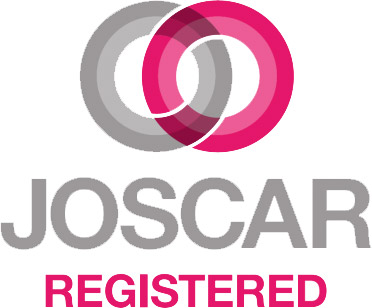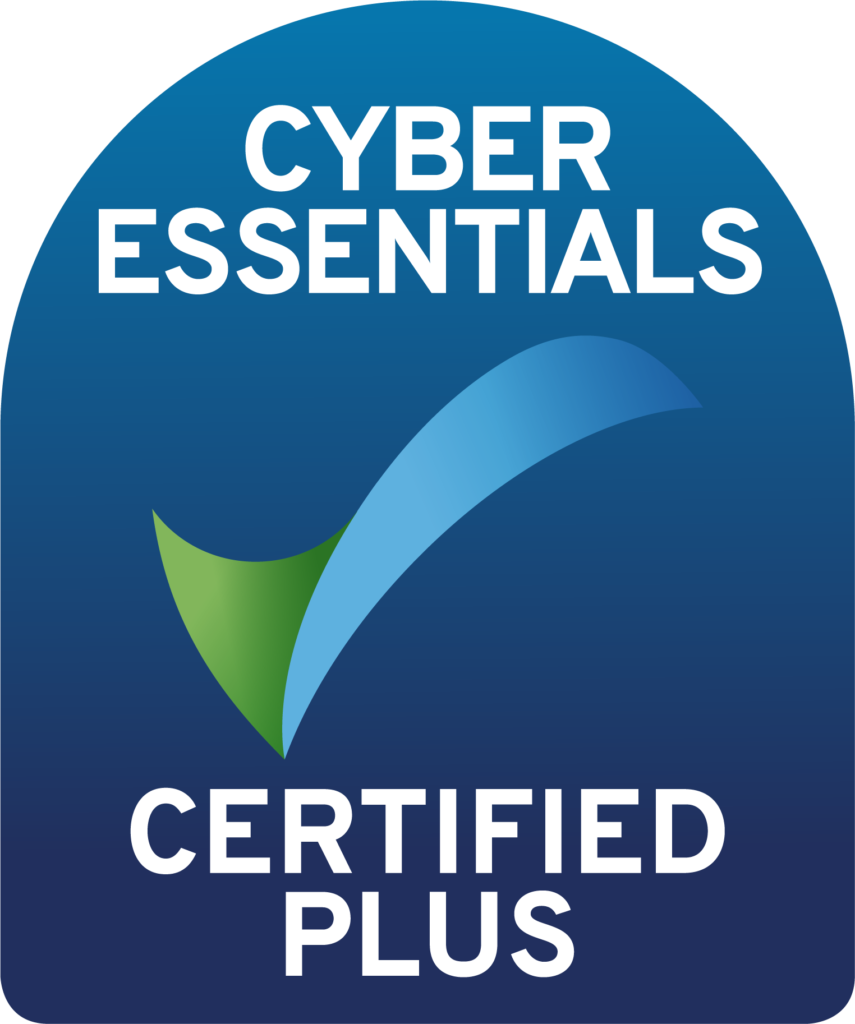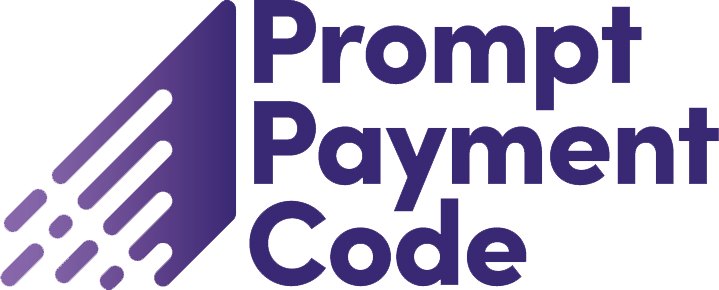Why not to use spreadsheets to manage risk.
I can write pages to support the question ‘Why using spreadsheets is not the most efficient method to manage risk,’ but I feel the feedback from the Australian National Audit Office’s (ANAO) review into Australian Defence Force’s ongoing use of spreadsheets – speaks volumes in one sentence:
‘The ANAO previously observed that Defence’s use of spreadsheets as a primary form of record of risk management is a high-risk approach. Spreadsheets lack formalised change/version control and reporting, thereby increasing the risk of error. This can make spreadsheets unreliable corporate data-handling tools as accidental or deliverable changes can be made to formulae and data, without there being a record of when, by whom, and what change was made – this is not an efficient approach.’
I feel the commentary brings into the light lessons for all of us.
1: Audit Trail
An audit trail is the best and only reliable source of quality assurance in risk management.
Knowing when a risk has been modified, by who, when and why, is key to understanding the integrity of the data. The lack of an audit trail in spreadsheets allows the delivery of unreliable data due to a lack of internal control. One very important fact is spreadsheets lack the record of formal change control versions. In the past, a major UK Defence project was advised by the National Audit Office that their use of Predict! Risk Management software gave them greater confidence in the integrity of the data and their program.
Do you want your company’s data to be represented in an unreliable manner?
2: Transparency of your Data
Today’s 24-hour world means we need information at our fingertips, immediately. Management teams can’t wait hours or days for risk information to be sourced and pulled together from multiple areas within the business, amounting to hundreds of spreadsheets.

Whether you are working in the trenches of a project, or you are the CEO answering questions from the media, you need to have risk information at your fingertips, to keep up with real-time dynamics that business today requires.
For this requirement, you must have risk available across all levels of your organization. Transparent data equals efficiency, versus a group of users using several spreadsheets across multiple departments, uncertain if you are presenting the media throng with the correct up to date version.
Our Predict! software resolves this dilemma by storing all your data centrally with a single user interface available to all users across the enterprise.
3: Human Error
Humans are not machines – we are all liable for error as nobody is perfect. Using  spreadsheets to manage your risk increases the likelihood of human error. Your average spreadsheet risk register has no validation, Predict! will not accept a risk if the start date entered falls after the closing date, whereas a spreadsheet would. This would result in anomalies and inaccuracies that may take valuable resources a long time to find where the error occurred. In Predict! it will not accept incorrect information as it uses its inbuilt logic.
spreadsheets to manage your risk increases the likelihood of human error. Your average spreadsheet risk register has no validation, Predict! will not accept a risk if the start date entered falls after the closing date, whereas a spreadsheet would. This would result in anomalies and inaccuracies that may take valuable resources a long time to find where the error occurred. In Predict! it will not accept incorrect information as it uses its inbuilt logic.
When it comes to mission-critical business, I want confidence that I’m in good hands. A spreadsheet doesn’t do that for me – I prefer a professional risk capability.
4: Reporting
With the click of 1 button, the Predict! risk management system enables you to produce risk reports dynamically, from Project to Enterprise level. Most importantly this gives you:
- Fast
- Consistent
- Clean
information at your fingertips, for speedy decision-making in today’s fast-moving world.
Predict!’s reporting capability enables you to configure the data to fit your requirements across the entire organisation from projects to the board level. Having all the information in one secure central location, available to all on a need to know basis, is a key feature of Predict! that spreadsheets simply cannot achieve.
5: Your Secure Source of Truth
Accuracy and security of your data are fundamental to the integrity of any company or Government departments’ information. This reflects not only efficiency but also (and very importantly) your reputational capability.
To understand the need for bulletproof data – is equated with the importance of reputational risk at the core of its definition. In financial markets, the importance of the accuracy in the financial data you are investing in is central to investors having faith to invest their money.
In government departments, including defence, the accuracy of your risk is just as important – you analyse, examine, study and arrive at results which determine your pathway forward. This applies at all levels from project to enterprise management. The fact remains – the integrity and efficiency of your data as your source of truth, is key. I would not rely on a spreadsheet to support accuracy, security and integrity of my risk information.
I know I want my defence department supported with the most excellent and efficient risk management software possible, so if the day comes and our country needs to be protected, they will be at peak operational performance.
I know we are safe as they have used the best method possible to ascertain their risk – by using Predict! Risk Management Software.
Author – Megan Holgate











